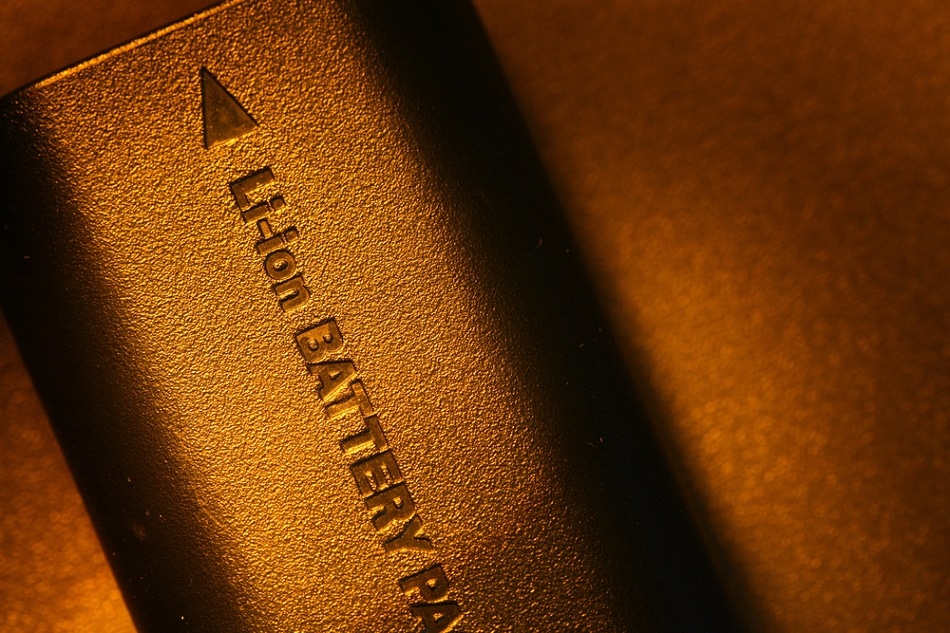Dec 14 2017
The design of lithium-ion batteries has been altered by researchers in the United States in order to include slits along the electrodes. This is considered to be a feature which may lessen the risk of battery failure during automobile accidents.
 Janaka Dharmasena/ Shutterstock.com
Janaka Dharmasena/ Shutterstock.com
The prototype, presented in the journal Joule on December 13th, could enable manufacturers to scale down the housing materials that are known to commonly protect batteries in electric cars from mechanical damage, enhancing the whole energy cost and density.
Small batteries pose a much smaller hazard when they are accidently shorted than do very large batteries. Our innovation may allow the large batteries used in most vehicles to fragment into many small batteries if damaged in a collision. With such an innovation, device manufacturers can reduce the weight and expense of heavy-duty containers that are normally needed to protect their batteries from mechanical abuse.
Nancy Dudney, Author and Energy Storage Researcher, Materials Science and Technology Division of Oak Ridge National Laboratory
A number of hybrid and electric cars use lithium-ion batteries, known to be remarkably safe, however, an impact may occasionally disrupt the battery's function, producing an electrical short. Dudney and her team added slits as perforations along the electrodes in order to decrease the risk of a battery failing during an accident. These slits have been designed to break the electrodes into small fragments during an impact, dividing the battery's energy into tiny components, hence it is extremely difficult for the temperature to increase beyond a level the battery will be able to handle. If incase a short does still occur, the fragments restrict the current and heating around the short.
Safety glass was our inspiration. Sometimes the best way to help protect against a dangerous failure is to allow a component to fail or break gracefully and safely under mechanical abuse.
Nancy Dudney
The model developed by the team was tested against a standard lithium-ion battery by pressing a huge metal ball into each. The modified battery was then distorted like a potato chip but it continued to work at 93% of its original capacity. A full discharge and failure is caused by similar damage to a standard battery.
With the electrode slits only adding a minimal cost to the production of their redesigned lithium-ion battery and thus failing to call for important changes in how the battery was developed, the team believes in the possibility of scaling up this technology in the future. However, there are still an increasing number of tests to perform.
We only tested a handful of cells, and this impressive performance needs to be replicated 100 or 1,000 times for good statistics under a wide range of duty cycles.
Nancy Dudney